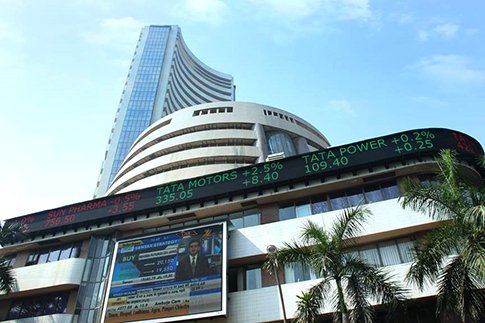Tariff Shock Disrupted Market Calm; Nifty ends 86 points lower while the Sensex was down by 296 points.

Shrikant Chouhan,
Head Equity Research,
Kotak Securities
Mumbai, July 31, 2025: Today, the benchmark indices witnessed a volatile trading session from the lower levels, the Nifty ends 86 points lower while the Sensex was down by 296 points. Among Sectors, FMCG Index outperformed, rallied 1.4 percent whereas Oil and Gas, Capital market and Pharma indices shed over 1 percent. Technically, after a gap down open one more time market took the support near 24600/80600 and bounced back sharply. From the day lowest point market rallied over 300 points. However, it failed to close above 24900/81600 levels. Nevertheless, on intraday charts it has formed higher bottom formation which is largely positive.
For the day traders now, 24650/80800 and 24600/80600 would act as a key support zones. As long as market is trading above the same, the pullback formation is likely to continue. On the higher side market could move up to 25000/81900 and 25050/82200. On the other side, below 24600/80600 the sentiment could change. Below the same, traders may prefer to exit out from the trading long positions.
Gaurav Garg, Lemonn Markets Desk, adds: Indian equity markets endured a volatile July 2025 as a surprise tariff announcement from U.S. President Donald Trump triggered a sharp sell-off in the final trading sessions. Despite the late-month turbulence, the Nifty 50 managed to close nearly flat, reflecting underlying resilience supported by strong domestic flows, even as global and macroeconomic headwinds intensified.
Tariff Surprise Disrupts Market Calm
On July 30, Trump announced a 25% tariff on all Indian imports, citing India’s “world’s highest tariffs” and continued energy ties with Russia. The announcement, made via Truth Social, sent shockwaves across Dalal Street, causing a Rs3 lakh crore erosion in market capitalization and a steep intraday fall of over 500 points on the Sensex.
Global Headwinds Mount
Alongside trade tensions, emerging market sentiment weakened further after the U.S. Federal Reserve held interest rates steady at 4.25–4.50%, but with hawkish commentary. The move triggered foreign fund outflows and currency depreciation.
Domestic Investors Anchor Market Stability
A key positive amid global pressures was the unwavering confidence of domestic investors. Systematic Investment Plans (SIPs) hit an all-time high, helping counterbalance the foreign exit.
Sectoral trends in July displayed clear defensive preferences, with investors shifting focus toward domestic consumption and monsoon-linked themes amid rising uncertainty.
Trump’s tariff move poses a direct threat to key export-heavy Indian sectors:
Oil and Currency Complications
The tariff blow was compounded by potential U.S. sanctions on Russian oil, which could further disrupt India’s energy imports. India currently imports 2.1 million barrels per day from Russia (35% of total crude intake), raising concerns of supply shock and inflation.
Global Divergence & India’s Relative Underperformance
While global markets surged—S&P 500 up 4.96% in June—India lagged due to heightened geopolitical risk and elevated valuations. The MSCI India Index underperformed the broader MSCI Asia Pacific Index by about 7 percentage points.
Looking Ahead: Balancing Risks with Domestic Strength
The near-term outlook depends heavily on the outcome of India-U.S. bilateral trade talks scheduled for August. Analysts estimate a potential GDP hit of 0.8–0.9% if the full tariff impact materializes.
However, there are domestic positives:
Conclusion
July 2025 reinforced India’s growing integration with global markets, making it more sensitive to geopolitical developments and foreign investor sentiment. Yet, the sustained strength of domestic institutional flows, favorable structural trends, and robust consumption base provide a counterweight to global turbulence. As the market navigates the trade-policy minefield, investor focus remains on resilience, sector rotation, and policy clarity."